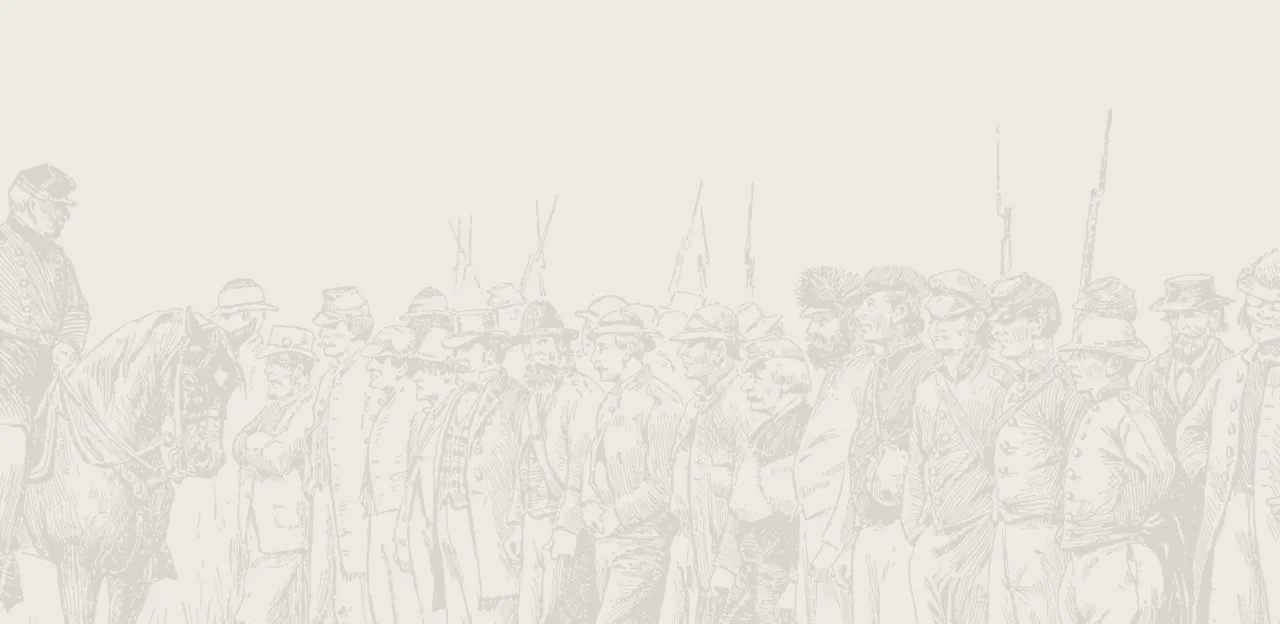New Market

The Battle of New Market
In conjunction with other spring 1864 offensives against strategic points in the Confederacy, Lt. Gen. Ulysses S. Grant ordered Maj. Gen. Franz Sigel with 8,900 men to move up the Shenandoah Valley to destroy the railroad complex at Staunton, where the Virginia Central Railroad led east to Robert E. Lee’s army defending Richmond. At Staunton, Sigel would unite with Maj. Gen. George Crook, who was leading another Union force east through the Appalachian Mountains with the same objective. Together, Sigel and Crook would destroy Confederate military infrastructure in the Valley and prevent reinforcements from being sent east.
Receiving word that the Sigel’s army had entered the Valley, Maj. Gen. John C. Breckinridge pulled together all available troops to repel the invaders and gathered his forces near Staunton. Breckinridge, with around 5,300 men, decided to take the offensive and attack Sigel and moved his force north to New Market, about 45 miles from Staunton. “I shall advance on him,” Breckenridge declared, “We can attack and whip them and I will do it.”
The morning of May 15, Breckinridge's men met the forward regiments of Sigel's army just north of the town. The Federal skirmishers were pushed back to a rise north of the Jacob Bushong farm on the west side of the Valley Pike, where Sigel formed a defensive line. In a driving rain storm, Breckenridge moved his line forward. As both sides maneuvered their regiments, Sigel’s artillery came under intense rifle fire, forcing two batteries to retire. Sensing an opening, Breckenridge ordered his entire force forward, including 257 young Cadets from the Virginia Military Institute. Ten Cadets were killed or died later from their wounds; 45 were wounded. The youngest was fifteen; the oldest twenty-five. Many Cadets lost their footwear in the freshly plowed soil, thick with mud after several days of rain. That part of the battlefield became known as the “Field of Lost Shoes.”
Threatened by Confederate cavalry on his left flank and rear, Sigel’s stubborn defense collapsed. He ordered a withdrawal, burning the bridge over the North Fork of the Shenandoah River behind him and temporarily ending the Union threat to the upper Valley. Sigel retreated to Strasburg and was soon replaced by Maj. Gen. David Hunter.





